Home>Garden Essentials>How To Clean Fake Turf In The Backyard
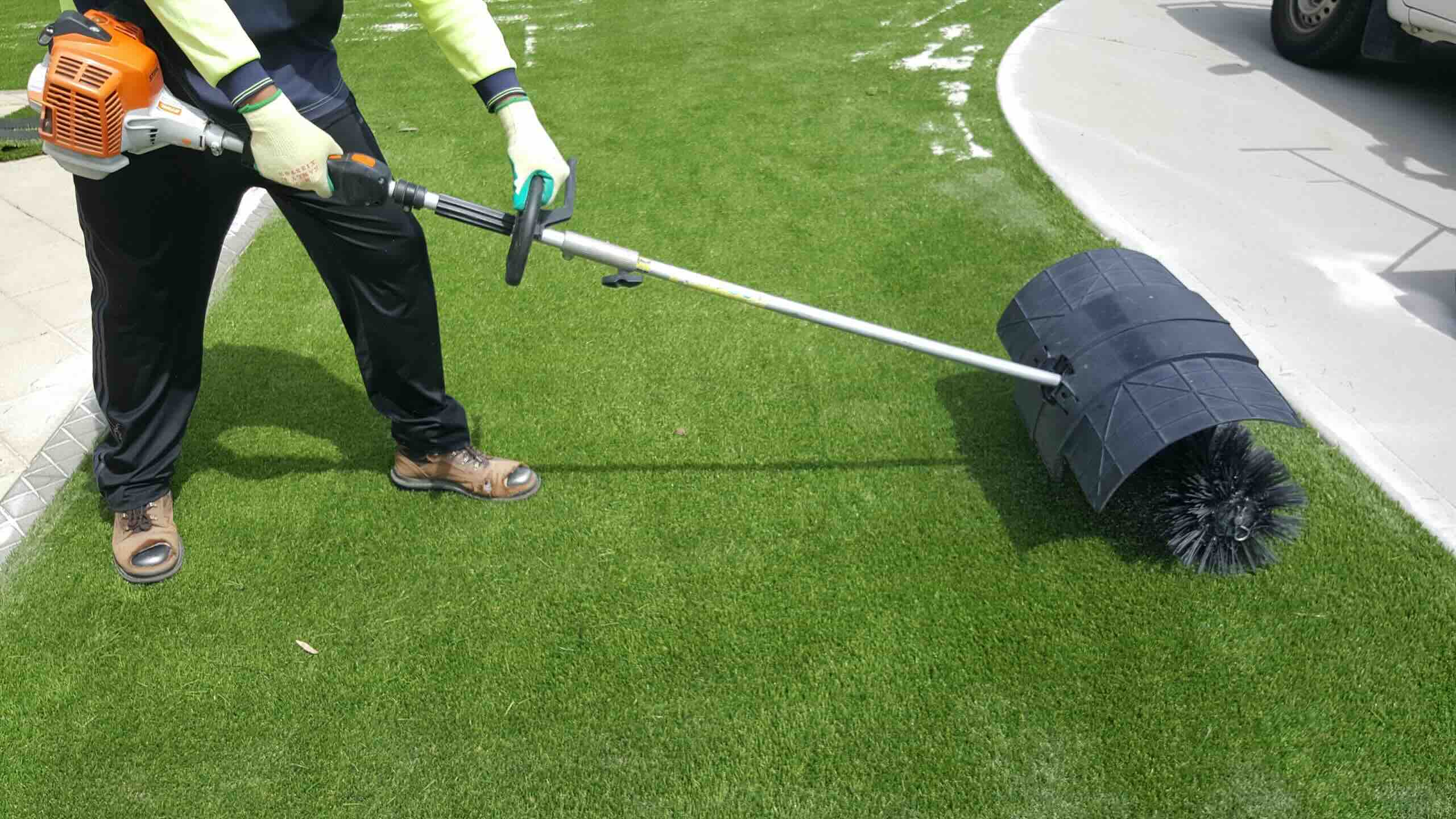

Garden Essentials
How To Clean Fake Turf In The Backyard
Modified: March 7, 2024
Learn the best technique to clean your artificial turf in the garden with our step-by-step guide. Say goodbye to dirt and keep your backyard looking pristine!
(Many of the links in this article redirect to a specific reviewed product. Your purchase of these products through affiliate links helps to generate commission for Storables.com, at no extra cost. Learn more)
Introduction
Welcome to your backyard oasis, where you can relax, entertain, and enjoy the beauty of nature. But what happens when that beautiful, vibrant green fake turf starts to lose its luster? The answer is simple – it’s time to clean your fake turf! Whether it’s due to dirt, dust, debris, or even stubborn stains, proper maintenance is essential to keep your fake turf looking its best.
Cleaning fake turf may seem like a daunting task, but with the right materials and techniques, you can restore its beauty and prolong its lifespan. In this article, we will guide you through the step-by-step process of cleaning fake turf in your backyard. So, grab your cleaning supplies and let’s get started!
Key Takeaways:
- Keep your fake turf looking fresh by removing debris, brushing the turf, treating stains, rinsing thoroughly, and preventing future buildup. Regular maintenance is key to a beautiful backyard oasis.
- Use the right tools and cleaners designed for synthetic turf to avoid damage. Take care of repairs promptly to maintain the functionality and appeal of your fake turf.
Read more: How To Install Fake Turf
Materials Needed
Before diving into the cleaning process, let’s gather all the necessary materials. To clean your fake turf effectively, you will need the following:
- A stiff broom or brush: This will help in removing debris and loosening any stubborn dirt or stains.
- A leaf blower or vacuum cleaner: Use this to remove loose dirt, leaves, and small debris from the surface of the fake turf.
- A mild detergent or synthetic turf cleaner: Look for a product specifically designed for cleaning artificial turf. Avoid using harsh chemicals that can damage the turf fibers.
- A bucket of warm water: This will be used to dilute the detergent or cleaner.
- A spray bottle: Fill it with the diluted detergent or cleaner for easy application.
- A garden hose: You will need this to rinse off the solution and debris.
Once you have gathered these materials, you are ready to begin the cleaning process and restore the beauty of your fake turf.
Step 1: Remove Debris
The first step in cleaning your fake turf is to remove any loose debris that may have accumulated on the surface. This includes leaves, twigs, dirt, and other small particles.
Start by using a leaf blower or a vacuum cleaner to blow or suction away the loose debris. Make sure to go over the entire area of the turf, paying extra attention to corners and edges where debris tends to collect.
If you don’t have access to a leaf blower or vacuum cleaner, you can use a stiff broom or brush to sweep away the debris. Move the broom or brush in a sweeping motion, gathering the debris towards one side, and then dispose of it in a trash bag or bin.
It’s important to remove the debris thoroughly so that it doesn’t hinder the effectiveness of the cleaning process. Leaving debris on the fake turf can also lead to a buildup of dirt and make it harder to remove stains later on.
Once you have successfully removed the loose debris, you are ready to move on to the next step – brushing the turf to loosen any embedded dirt.
Step 2: Brush the Turf
After removing the loose debris, it’s time to give your fake turf a good brushing. This step helps loosen any embedded dirt, revive the turf fibers, and prepare the surface for a thorough cleaning.
Using a stiff bristle broom or brush, start at one end of the turf and work your way across, applying moderate pressure. Make sure to brush in different directions, such as back and forth or in circular motions, to ensure that all areas are covered.
Focus on areas that receive heavy foot traffic or where dirt and debris tend to accumulate. Use a bit more pressure on these areas to dislodge any stubborn dirt or flattened fibers.
If you notice the turf fibers becoming flat or matted, brush them in an upward direction to restore their natural appearance. This will also help the grass blades to stand upright, giving your fake turf a fresher and more attractive look.
While brushing, keep an eye out for any loose seams or damaged areas in the turf. If you come across any, take note of them and plan to repair or replace them as needed.
By thoroughly brushing your fake turf, you are not only removing dirt but also ensuring that the cleaning solution can penetrate the surface more effectively during the next step. Once you have finished brushing, it’s time to tackle any stubborn stains that may be present on your turf.
Use a leaf blower or a stiff brush to remove debris from the fake turf. Then, mix water with mild soap and scrub the turf with a soft-bristled brush. Rinse with water and let it air dry.
Step 3: Remove Stubborn Stains
Stubborn stains can detract from the overall appearance of your fake turf. Whether it’s from food spills, pet messes, or other sources, it’s important to address these stains to maintain the aesthetic appeal of your turf.
To begin, identify the specific areas where stains are present. This could be discolored spots, dried residue, or any noticeable marks on the turf. Some common types of stains include grease, oil, ink, and pet urine.
First, gently blot the stain using a clean cloth or paper towel to remove any excess liquid or material. Avoid rubbing the stain, as this may cause it to spread and become more difficult to remove.
Next, create a cleaning solution by diluting a mild detergent or synthetic turf cleaner in a bucket of warm water. Follow the product instructions for the correct ratio of detergent to water.
Using a spray bottle, apply the cleaning solution directly to the stained area. Let it sit for a few minutes to allow the solution to penetrate the stain and break it down.
After the solution has had time to work its magic, gently scrub the stained area with a soft bristle brush or cloth. Use circular motions and moderate pressure to lift and remove the stain from the turf.
For tougher stains, you can try using a more concentrated solution or a specialized stain remover specifically formulated for synthetic turf. Follow the product instructions carefully and test it on a small, inconspicuous area of the turf first to ensure it doesn’t cause any discoloration or damage.
Once you have successfully removed the stains, wipe away any excess cleaner using a clean cloth or rinse the area with clean water. This will help remove any residue and prevent it from attracting more dirt and debris.
Remember, patience and gentle scrubbing are key when removing stubborn stains from your fake turf. Take your time and repeat the process if necessary until the stains are completely gone.
With the stains removed, it’s time to move on to the next step – rinsing the turf to remove any remaining cleaner and debris.
Read more: Where To Buy Fake Turf
Step 4: Rinse the Turf
After successfully removing stubborn stains from your fake turf, it’s important to thoroughly rinse the surface to remove any remaining cleaner, dirt, and debris.
Start by using a garden hose with a spray nozzle attachment. Begin at one end of the turf and work your way across, ensuring that the water reaches all areas of the turf.
Hold the hose at a downward angle and let the water flow over the turf, starting from the highest point and moving towards the lower areas. This will help carry away any loosened dirt or cleaner from the surface.
Make sure to pay extra attention to areas that were heavily stained or treated with the cleaning solution. Rinse them thoroughly to ensure that no residue or cleaner remains.
As you rinse, periodically check the water running off the turf. If you notice any discoloration or debris in the water, continue rinsing until the water runs clear and clean.
Take your time during this step to ensure that all traces of the cleaning solution are removed. Leaving any residue behind could lead to a sticky or slippery surface and attract more dirt in the future.
Once you have finished rinsing the entire turf, allow it to air dry naturally. Avoid walking or placing heavy objects on the turf until it is completely dry to prevent any damage to the fibers.
Rinsing the turf not only helps in removing any remaining cleaner and debris but also restores its freshness and natural appearance. Now that your turf is clean and dry, it’s time to take preventive measures to minimize future buildup.
Step 5: Prevent Future Buildup
Now that your fake turf is clean and looking its best, it’s important to take steps to prevent future buildup and maintain its pristine condition.
One of the most effective ways to prevent debris from settling on your turf is to regularly sweep or brush it. Aim to make this a part of your regular maintenance routine, especially if your turf is in an area that receives a lot of foot traffic or is prone to collecting leaves and dirt.
In addition to regular sweeping, consider using a leaf blower or vacuum cleaner to remove loose debris from the surface. This can be especially helpful during seasons when leaves and other natural materials are more prevalent.
If you have pets, be diligent about picking up their waste promptly. Pet waste can leave stains and odors on the turf if not removed promptly. Follow the manufacturer’s guidelines for cleaning up pet messes and consider using an enzyme-based cleaner to help break down any odors.
Another important step in preventing buildup is to avoid placing heavy objects on the turf for extended periods. This can cause the turf fibers to become flattened and make it harder to clean and maintain. If you have furniture or other items on your fake turf, periodically move them to allow the turf to recover and regain its shape.
Consider using a turf deodorizer or odor-control product specifically designed for synthetic turf. These products can help neutralize any lingering odors and make your turf smell fresh and clean.
Finally, when it comes to keeping your fake turf looking its best, regular inspections are key. Take the time to check for any damaged areas, loose seams, or signs of wear and tear. Addressing these issues promptly can help prevent further damage and extend the lifespan of your fake turf.
By incorporating these preventive measures into your maintenance routine, you can help keep your fake turf in top condition and prevent future buildup. Now, with your turf clean and protected, you can enjoy the beauty of your backyard oasis with confidence.
Conclusion
Cleaning fake turf in your backyard doesn’t have to be a daunting task. With the right materials and a step-by-step process, you can easily restore the beauty and vibrancy of your turf. By following the five steps outlined in this article – removing debris, brushing the turf, removing stubborn stains, rinsing the turf, and preventing future buildup – you can keep your fake turf looking its best for years to come.
Regular maintenance and proper cleaning techniques are essential in preserving the longevity and appearance of your fake turf. Taking the time to remove debris, brush the turf, treat and remove stains, rinse thoroughly, and take preventive measures will help ensure that your turf remains fresh and attractive.
Remember to use the right tools and cleaners specifically designed for synthetic turf to avoid damage. Take care of any repairs or replacements as needed to maintain the functionality and aesthetic appeal of your backyard oasis.
With a clean and well-maintained fake turf, you can enjoy a beautiful and hassle-free outdoor space year-round. So, don’t wait any longer – grab your cleaning supplies and show your turf the love it deserves!
Frequently Asked Questions about How To Clean Fake Turf In The Backyard
Was this page helpful?
At Storables.com, we guarantee accurate and reliable information. Our content, validated by Expert Board Contributors, is crafted following stringent Editorial Policies. We're committed to providing you with well-researched, expert-backed insights for all your informational needs.
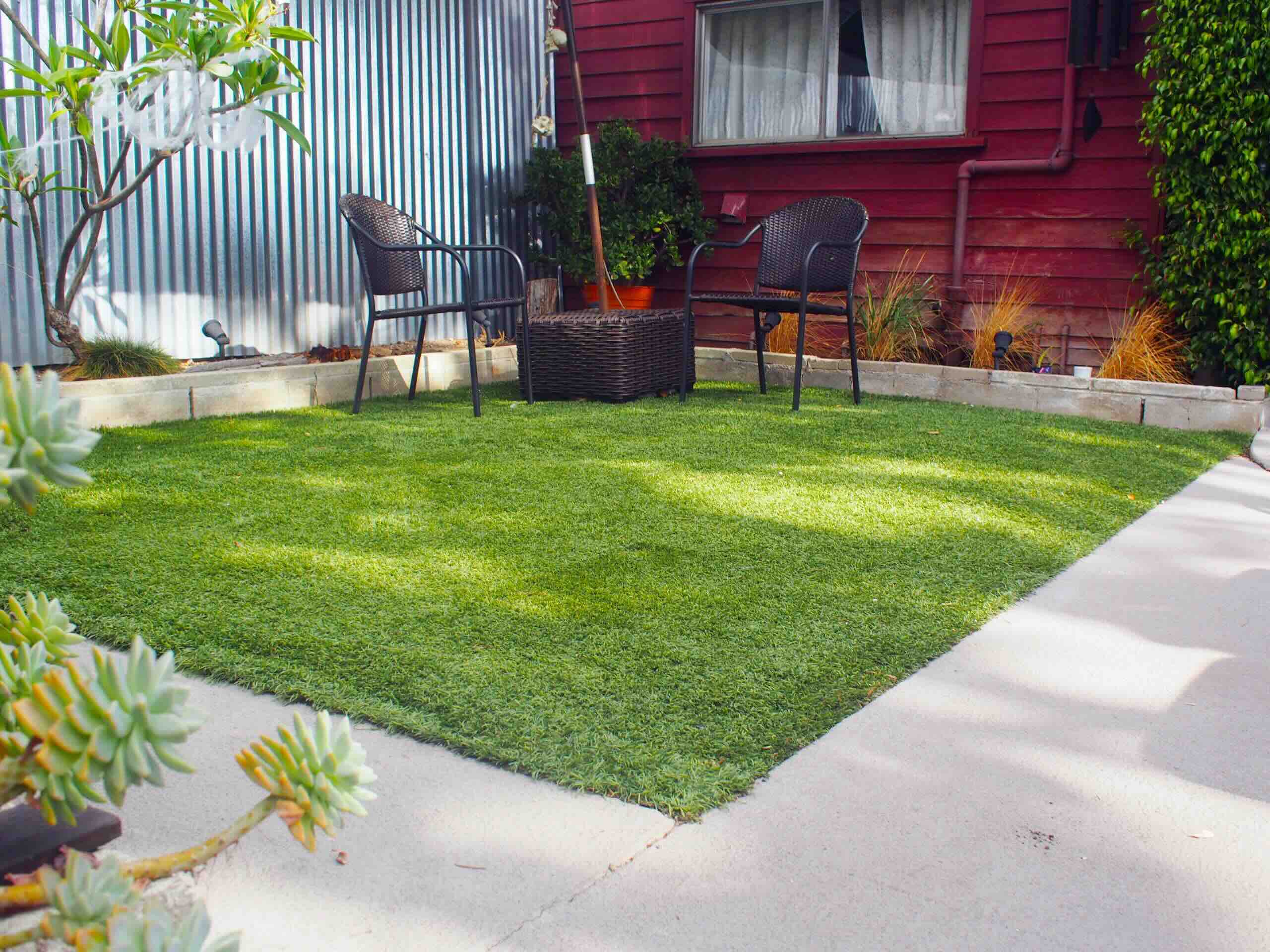
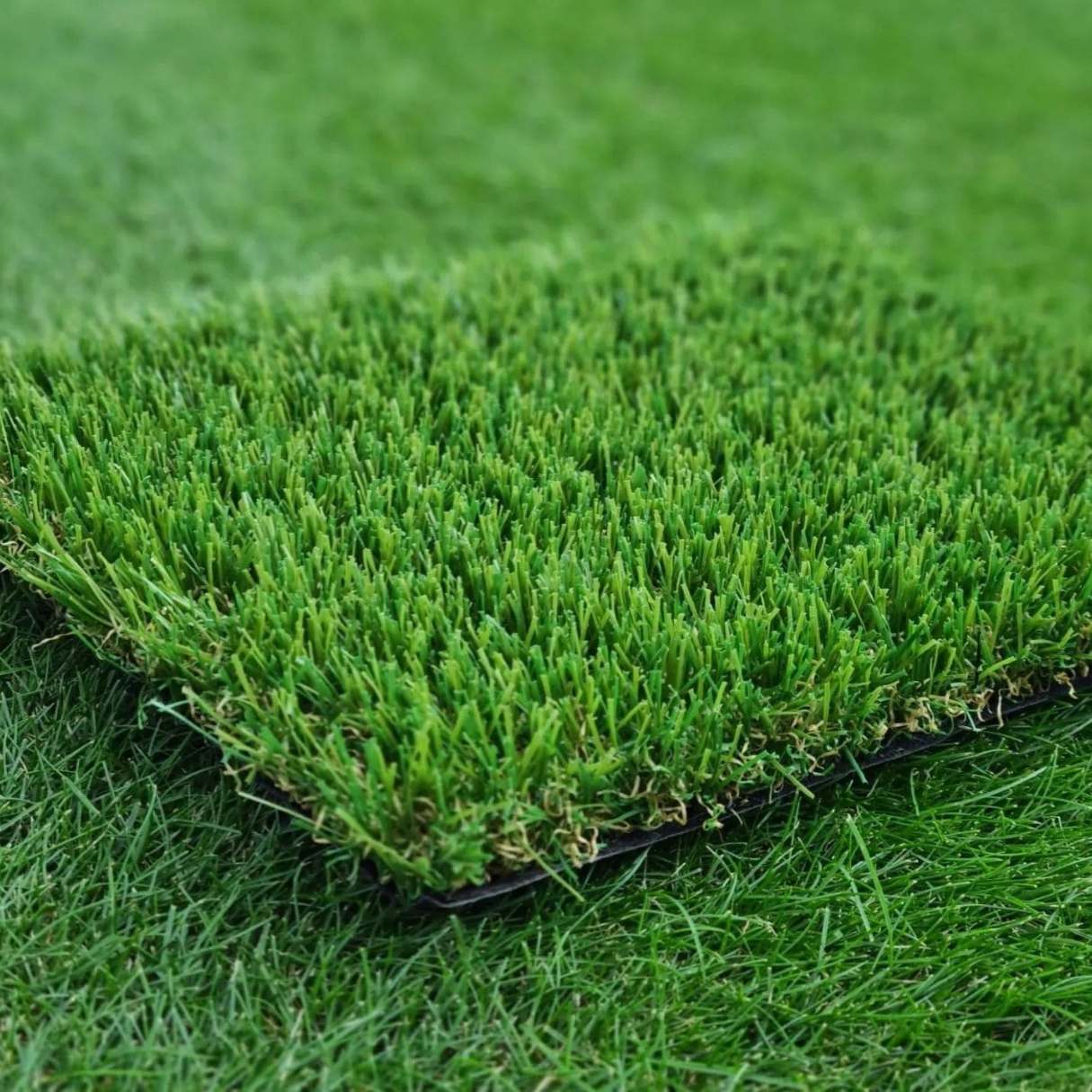
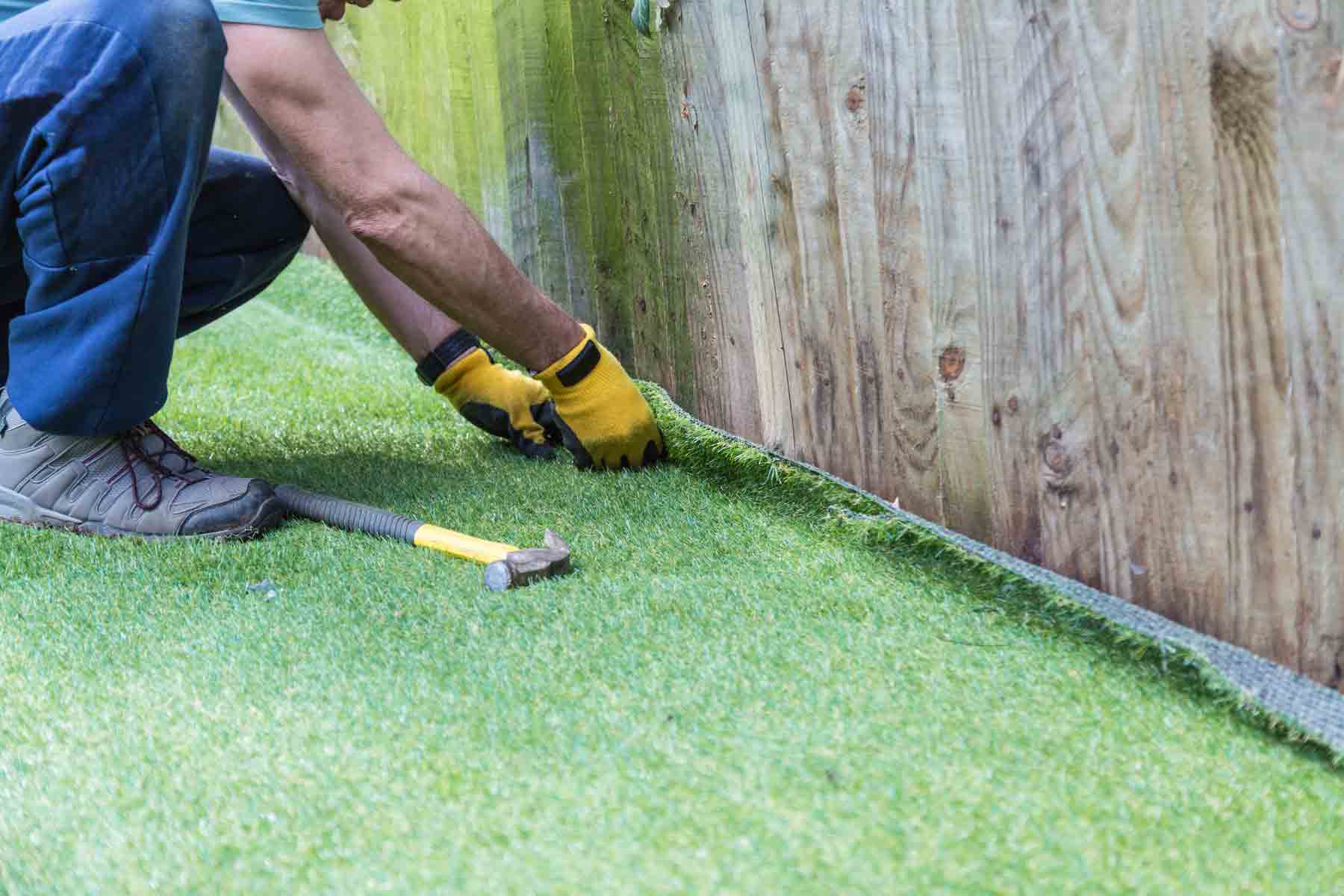
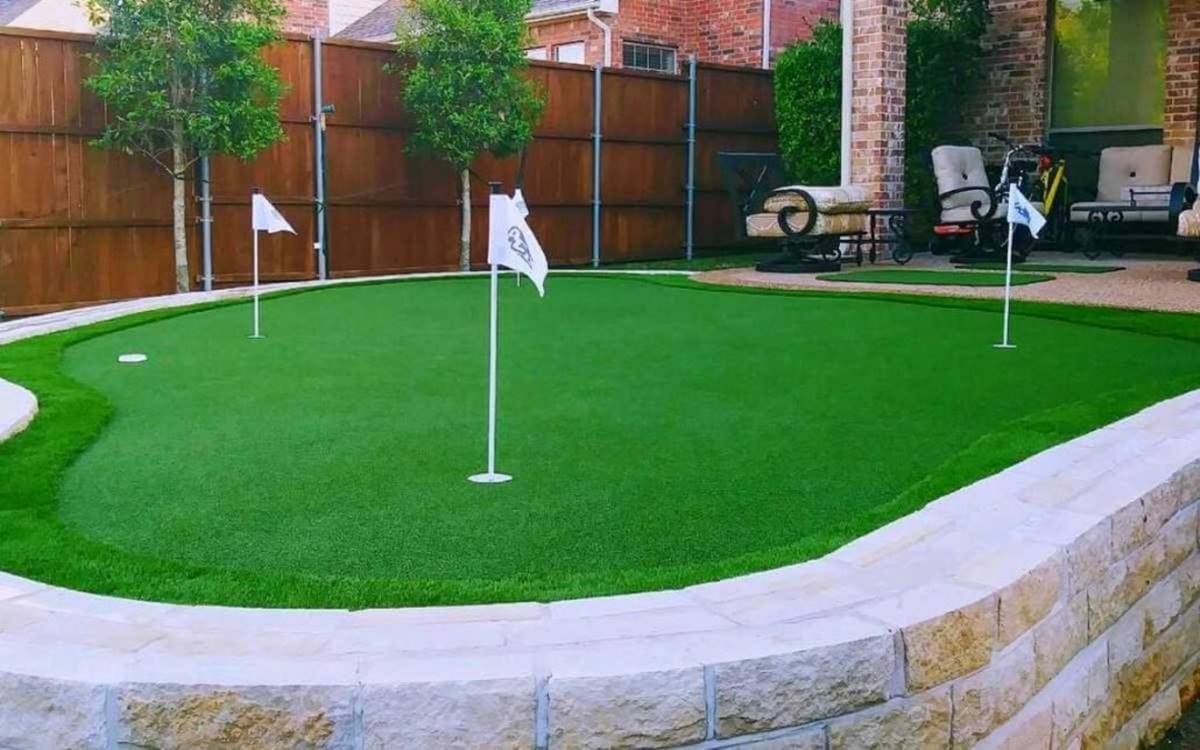
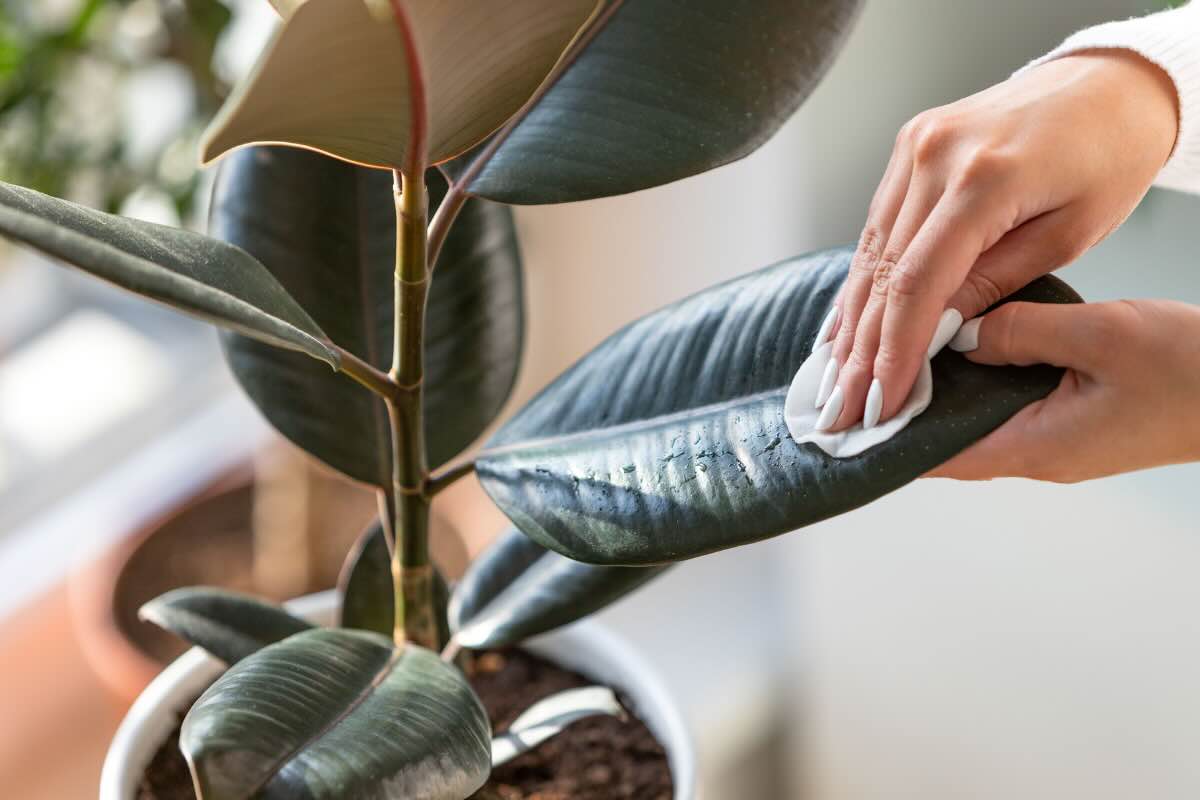
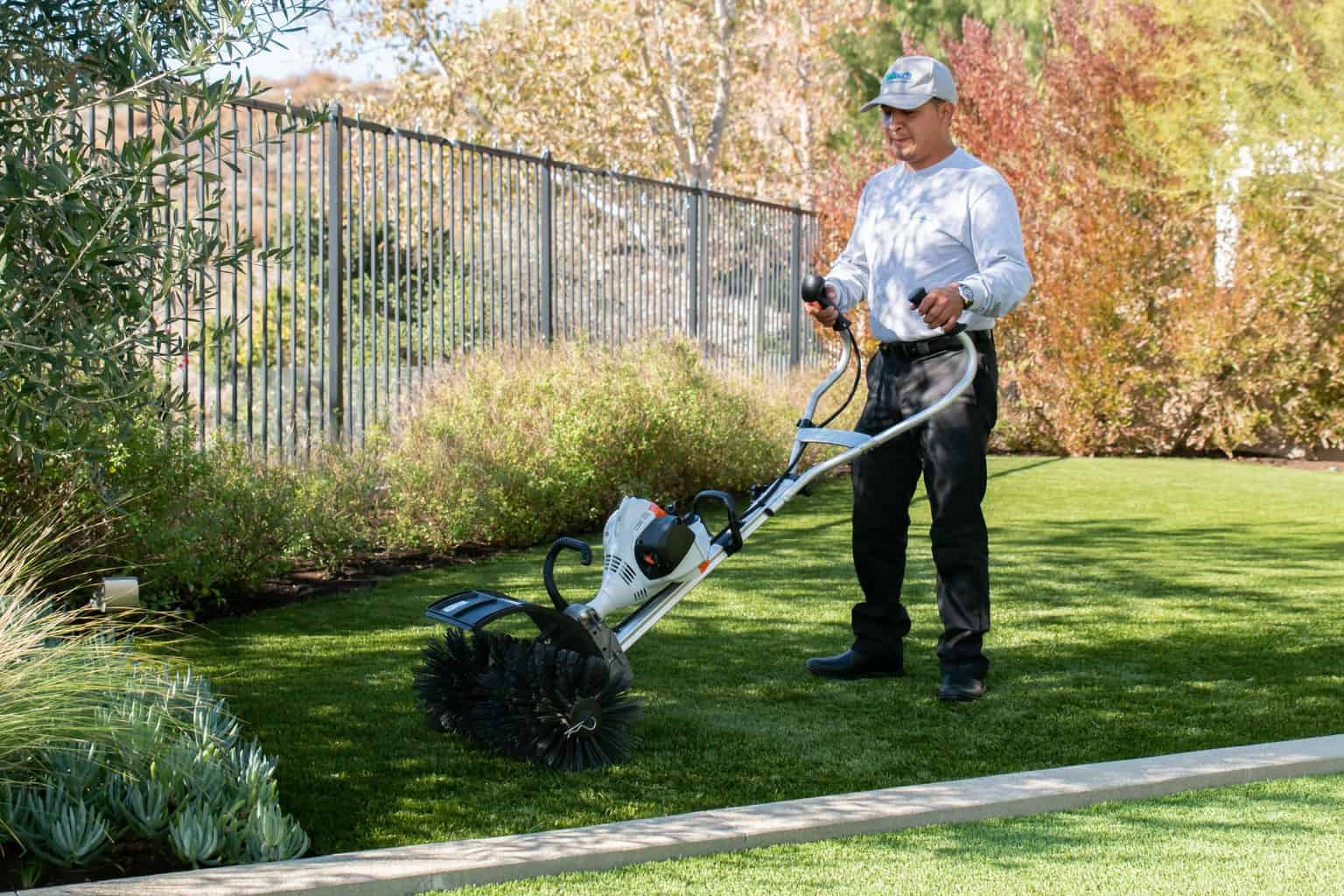
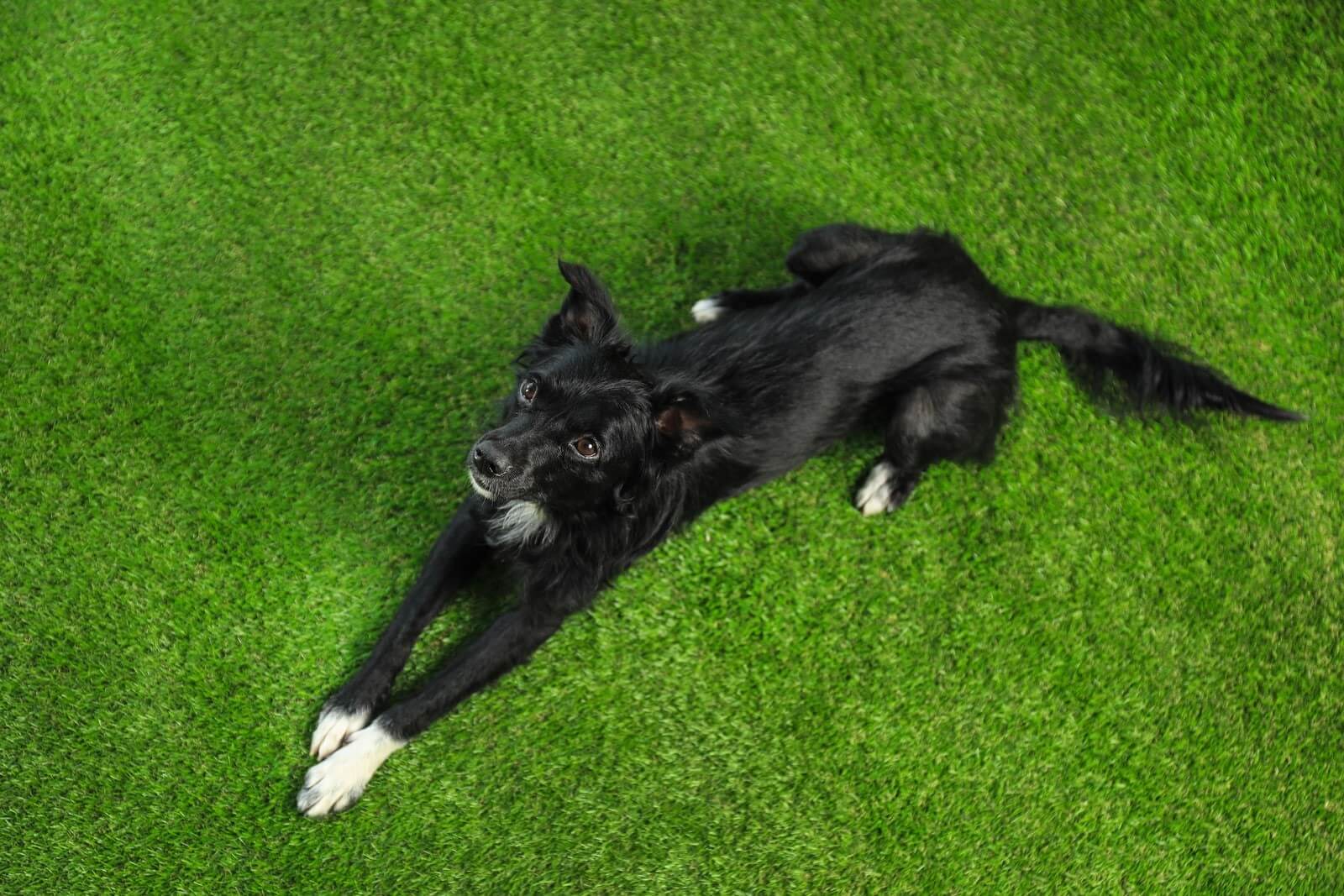
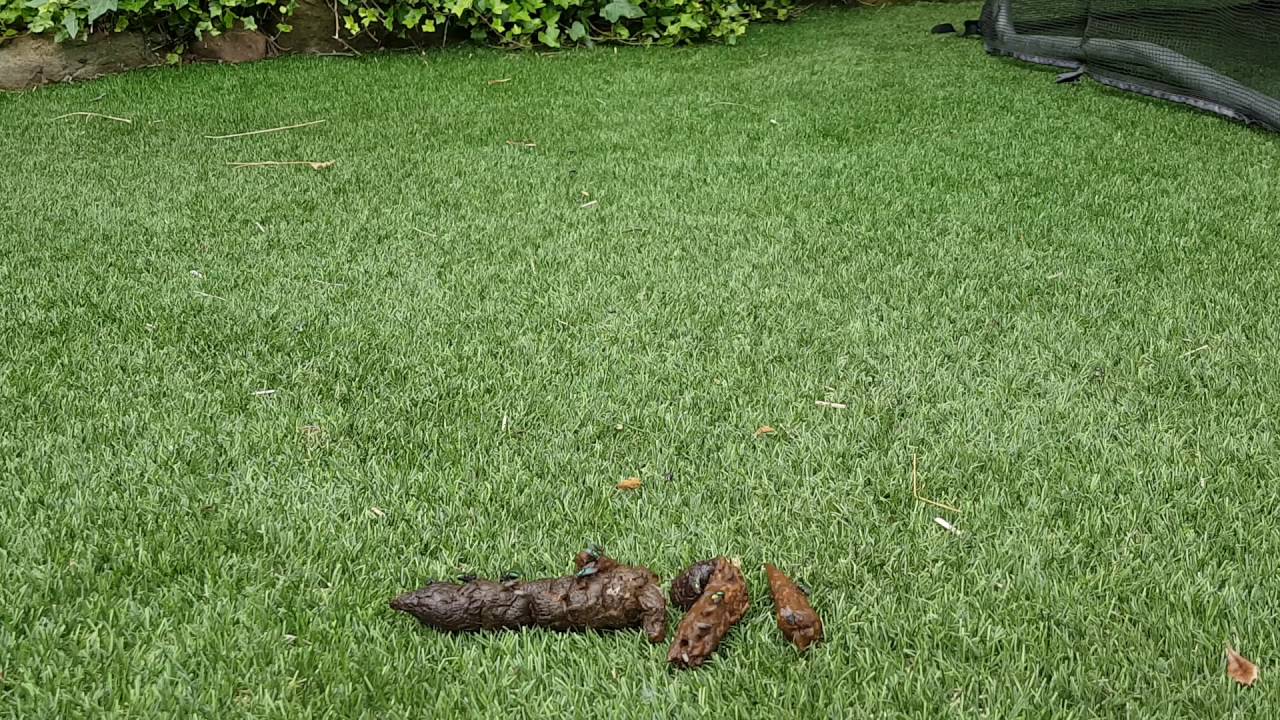
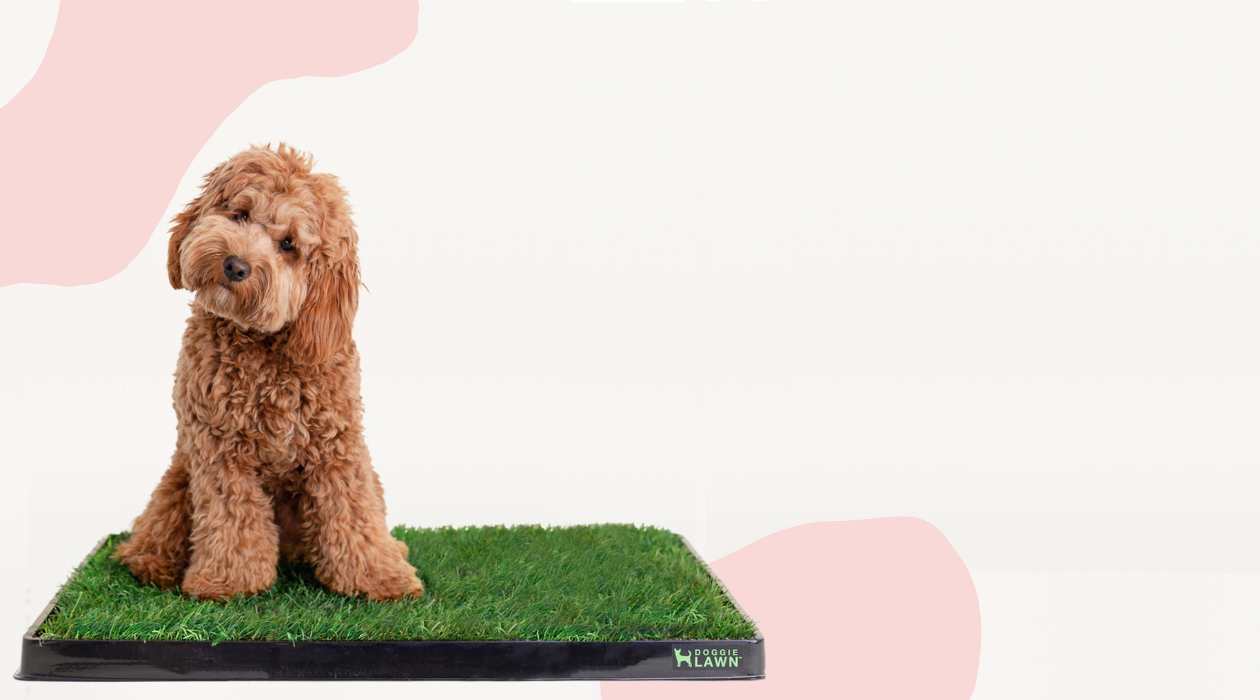
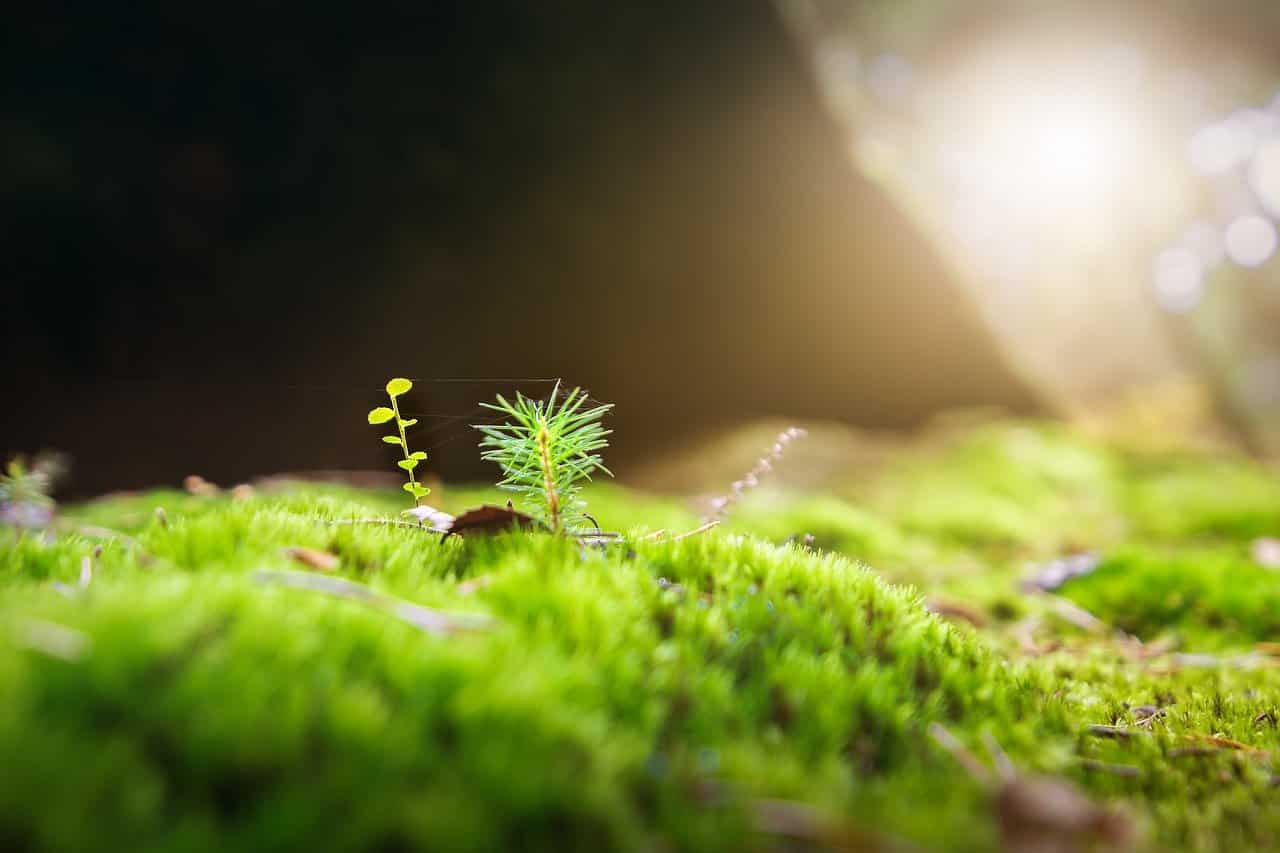
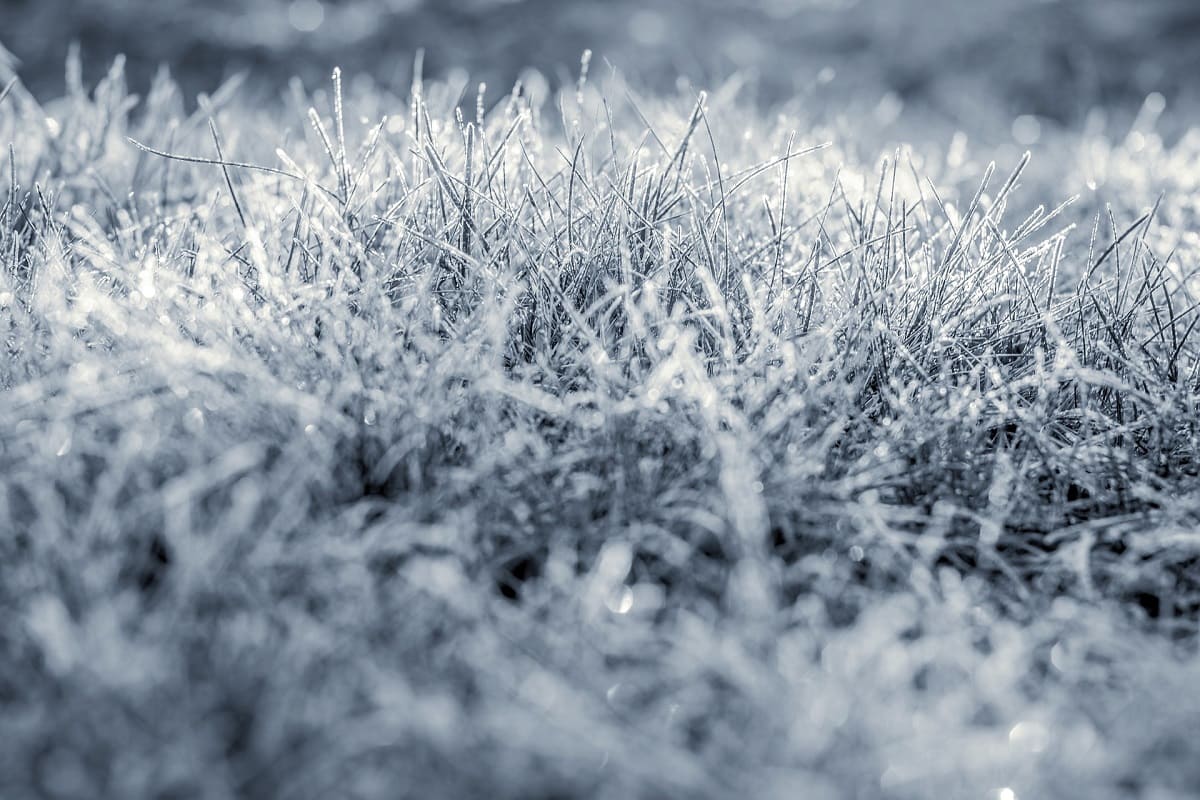
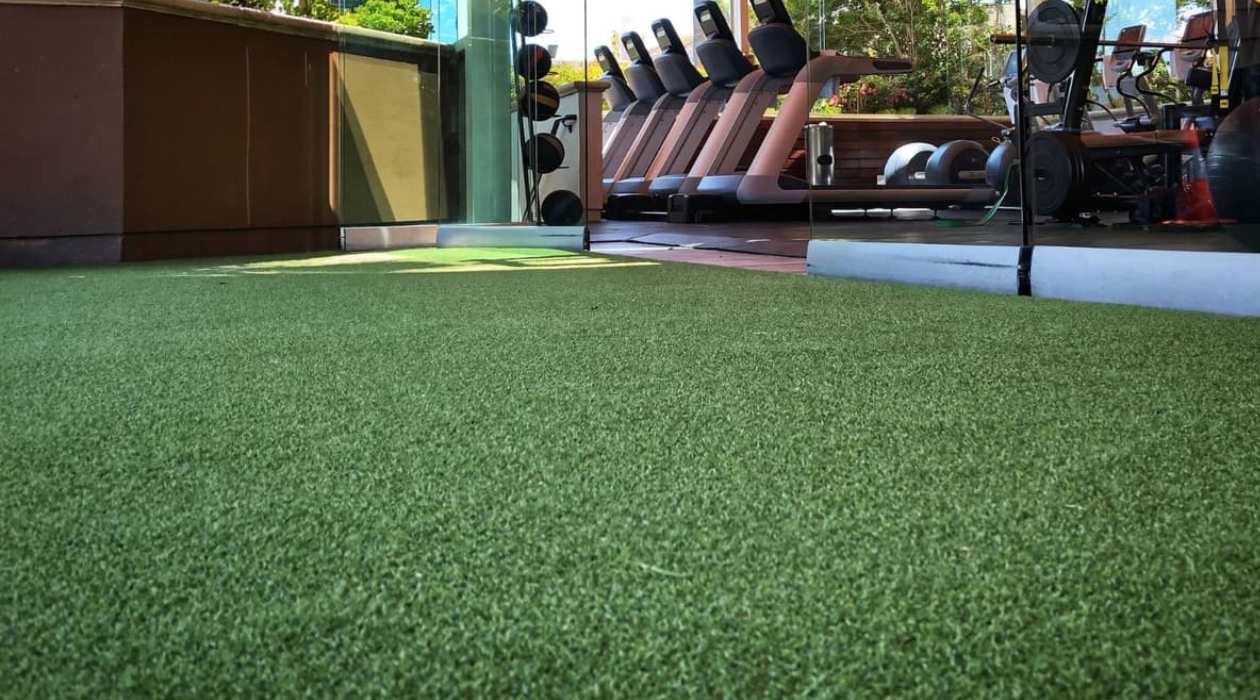
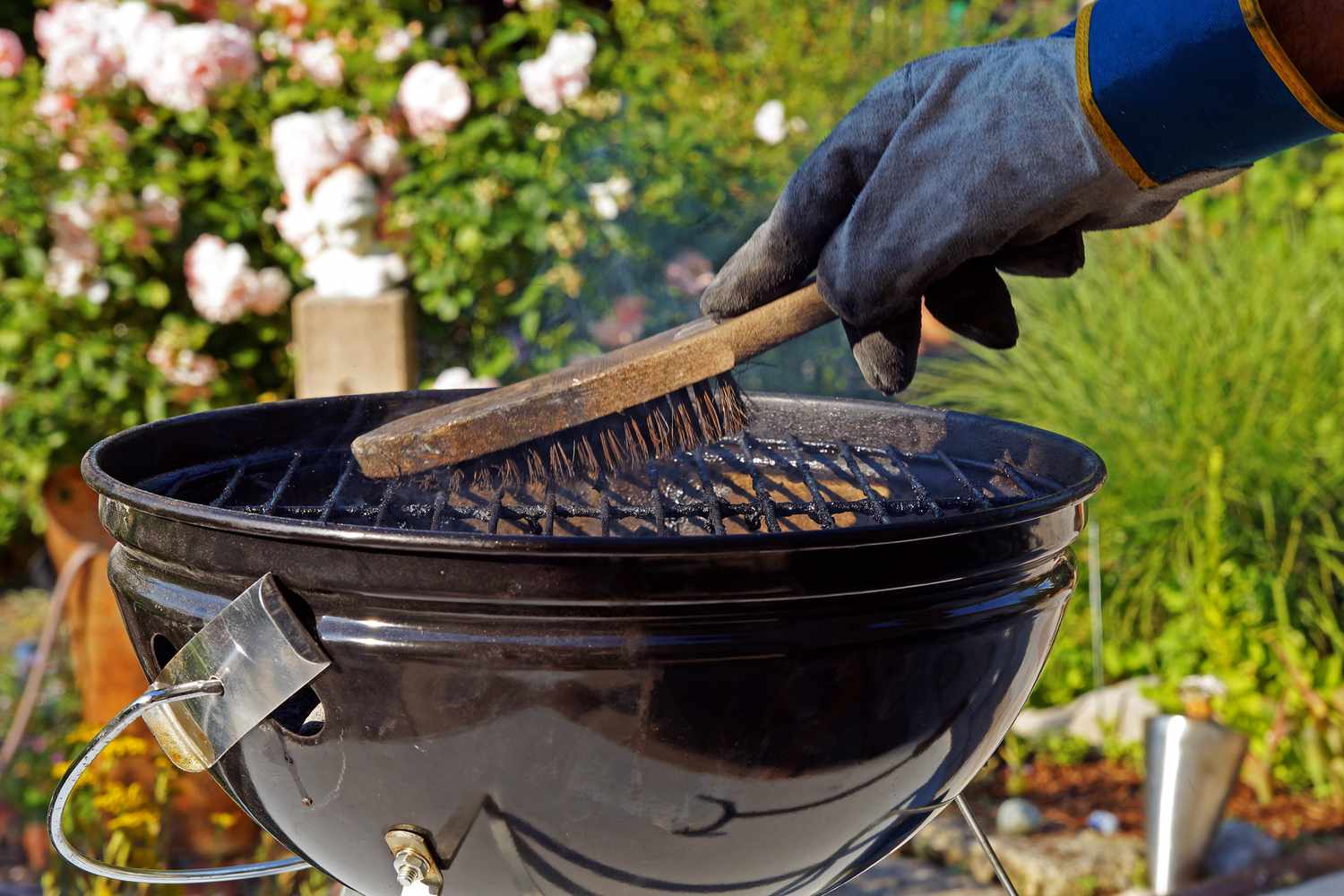


0 thoughts on “How To Clean Fake Turf In The Backyard”